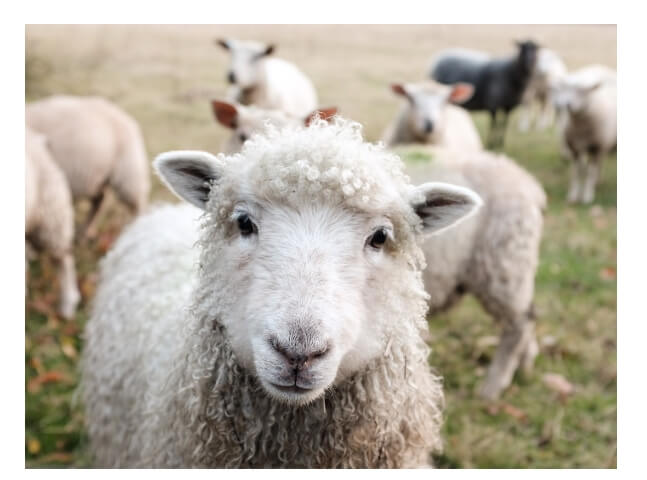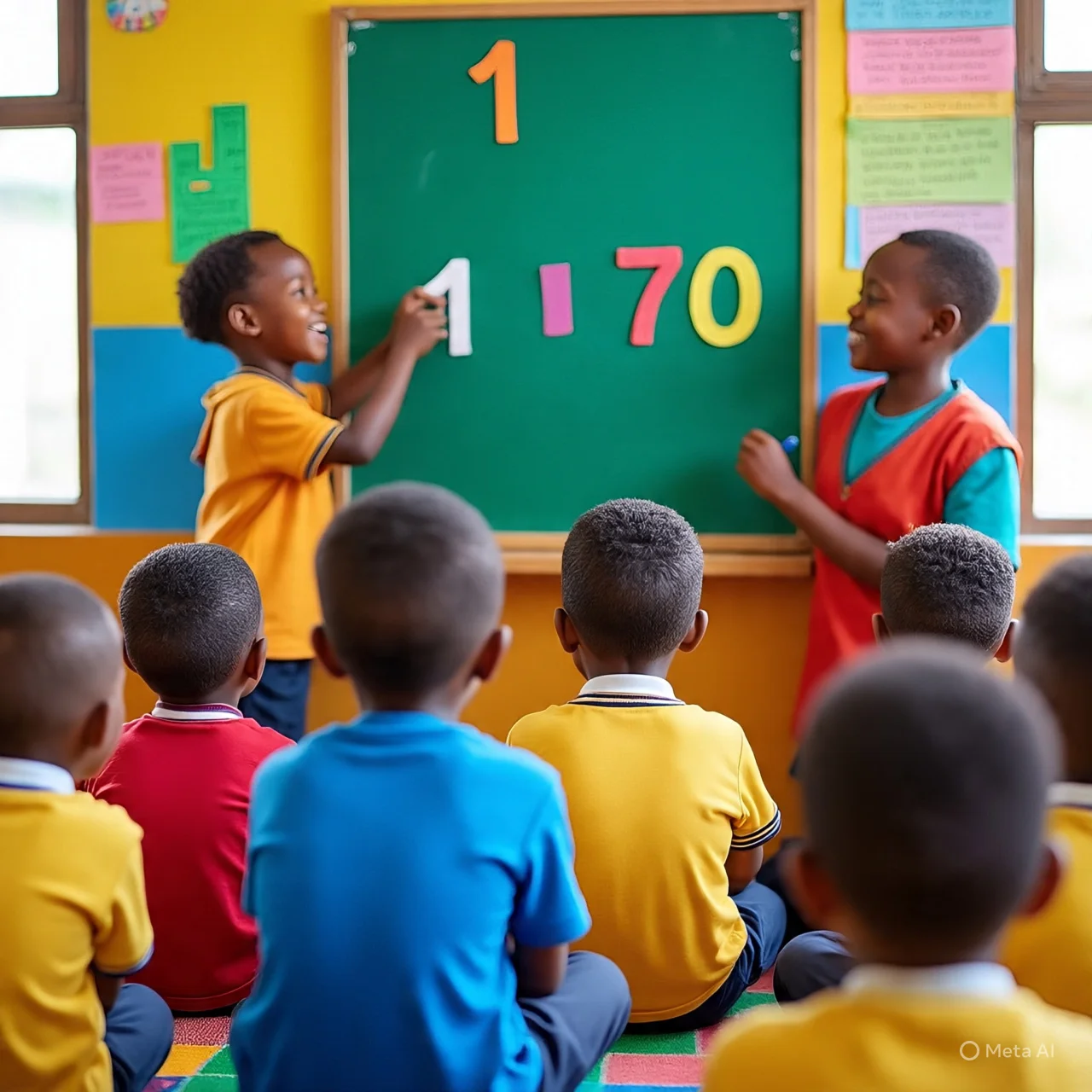LESSON PLAN: COLOUR IDENTIFICATION (ROAD TRAFFIC LIGHT SIGNS)
Subject: Basic Science and Technology
Class: Primary 1
Term: Second Term
Week: 9
Age: 5–6 years
Topic: Colour Identification
Sub-topic: Road Traffic Light Signs
Duration: 40 minutes
Behavioural Objectives
By the end of the lesson, pupils should be able to:
- Identify the three colours in traffic lights.
- State the meaning of each traffic light colour.
- Explain at least 5 examples of objects with red, yellow, or green colours.
- Mention the importance of obeying traffic light rules.
- Demonstrate what to do when they see red, yellow, or green light.
KEYWORDS (at least 10 with meanings)
- Colour: The way something looks.
- Traffic: Movement of cars and people on the road.
- Light: Something that shines and helps us see.
- Red: A colour used for stopping cars or people.
- Yellow: A colour that means “get ready.”
- Green: A colour that means “go.”
- Road: A place where cars and people move.
- Safety: Being careful to avoid danger.
- Pedestrian: A person walking on the road.
- Stop: To hold movement.
- Move: To go forward.
- Warning: A signal that tells you to prepare.
✨ SET INDUCTION (Storytelling)
The teacher tells a short story:
“Children, last Saturday, I took a walk with little Sade to the market. As we reached the big junction, all the cars stopped suddenly. Why? The red traffic light came on! Sade asked, ‘Aunty, why did they stop?’ I smiled and said, ‘Because red means STOP.’ As we waited, the light turned yellow. The drivers got ready. Then it turned green, and the cars moved again. Sade shouted, ‘Oh! So that is how they know when to go and stop!’”
The pupils respond with excitement.
ENTRY BEHAVIOUR
The teacher asks:
- “Can you name some colours we learnt last week?”
- “Have you seen traffic lights before?”
Pupils share simple answers.
LEARNING RESOURCES AND MATERIALS
- Flashcards of red, yellow, and green
- Toy cars
- Traffic light chart
- Multimedia images
- Lagos traffic road sign posters
BUILDING BACKGROUND / CONNECTION TO PRIOR KNOWLEDGE
Learners already know primary and secondary colours from the previous lesson. Now they connect colours to road safety.
EMBEDDED CORE SKILLS
- Critical thinking
- Observation skills
- Communication
- Safety awareness
- Colour recognition
REFERENCE BOOKS
- Lagos State Unified Scheme of Work
- Nigeria Basic Science & Technology Textbook for Primary Schools
- Road Safety Education Manual for Kids
️ INSTRUCTIONAL MATERIALS
- Traffic light model
- Colour cards
- Road safety pictures
- Classroom projector (optional)
CONTENT (Clear, Deep, Child-Friendly)
1. Definition and Meaning
- Colour: How an object looks when light shines on it.
- Traffic Light: A set of colours used to control cars and people on the road.
- Road Safety: Following rules to stay safe on the road.
2. The Three Traffic Light Colours and Meanings
A. RED LIGHT – STOP
Meaning: Do not move.
Examples of red objects:
- Tomato
- Fire extinguisher
- Stop sign
- Red school bag
- Red pen
B. YELLOW LIGHT – GET READY
Meaning: Prepare to stop or move.
Examples of yellow objects:
- Banana
- Egg yolk
- Traffic warning sign
- School bus
- Yellow shirt
C. GREEN LIGHT – GO
Meaning: Move forward.
Examples of green objects:
- Leaves
- Vegetables
- Green balloon
- Green board
- Green basket
3. Importance of Traffic Light Colours
- They prevent accidents.
- They help drivers know when to stop.
- They help pedestrians cross safely.
- They reduce road confusion.
- They keep the community safe.
4. Additional Examples of Colour Identification
- Red: apples, cars, flags, paint, ribbons
- Yellow: mango, butter, stars, lemon, corn
- Green: grass, cucumber, chalkboard, school fields, wrappers
PRESENTATION STRUCTURE
Step 1: Revision
Teacher revises previous lesson on primary colours.
Step 2: Introduction
Teacher displays the traffic light model.
Step 3: Explanation
Teacher explains each colour and meaning slowly.
Step 4: Demonstration
Teacher acts as a “car,” students act as “pedestrians.”
Step 5: Guided Practice
Learners respond to flashcard signals.
Step 6: Correction and Reinforcement
Teacher corrects mistakes gently and praises effort.
TEACHER’S ACTIVITIES
- Show flashcards.
- Display traffic light model.
- Explain meanings.
- Ask questions.
- Supervise class activities.
LEARNERS’ ACTIVITIES
- Identify colours.
- Respond to traffic light commands.
- Participate in discussions.
- Ask questions.
- Demonstrate stop, ready, and go.
CLASS ACTIVITY DISCUSSION (FAQs)
1. What does red light mean?
It means stop.
2. What does yellow light mean?
It means get ready.
3. What does green light mean?
It means go.
4. Why must we obey traffic lights?
To stay safe.
5. Who uses traffic lights?
Drivers, cyclists, and walkers.
6. What colour stops the cars?
Red.
7. What colour helps cars move?
Green.
8. What colour warns us?
Yellow.
9. Where do we see traffic lights?
At road junctions.
10. Can we cross when the light is red?
No, it is dangerous.
EVALUATION QUESTIONS
A. 10 Multiple-Choice / Fill-in-the-Blank
- Traffic light has ___ colours.
(a) 1 (b) 2 (c) 3 (d) 4 - The colour for stop is ___.
(a) yellow (b) red (c) green (d) blue - The colour that means “go” is ___.
(a) green (b) purple (c) red (d) white - Yellow light means ___.
(a) dance (b) get ready (c) shout (d) run - A tomato is usually ___.
(a) red (b) blue (c) black (d) pink - Leaves are ___.
(a) red (b) white (c) green (d) orange - Traffic lights help to prevent ___.
(a) food (b) accidents (c) songs (d) rain - A school bus is often ___.
(a) yellow (b) green (c) silver (d) white - The colour that warns is ___.
(a) yellow (b) blue (c) brown (d) pink - Green means ___.
(a) stop (b) jump (c) sit (d) go
B. 10 Short-Answer Evaluation Questions
- What colour means stop?
- What colour means go?
- What colour means get ready?
- Mention one red object.
- Mention one yellow object.
- Mention one green object.
- Why do we obey traffic lights?
- Where can we find traffic lights?
- Who uses traffic lights?
- What colour helps you move forward?
CONCLUSION
Teacher marks pupils’ work, gives feedback, and reinforces correct responses. Pupils practice again using the classroom traffic light.
INTERNAL LINKS (3)
- Colour Identification Primary 1 | Basic Science Week 8
- Primary 1 Second Mid-Term Assessment | Basic Science and Technology
- Methods of Waste Disposal – Primary 5 Basic Science First Term Week 10
EXTERNAL LINKS (2)
- https://www.frsc.gov.ng (Federal Road Safety Corps)
- https://www.unicef.org/child-safety











